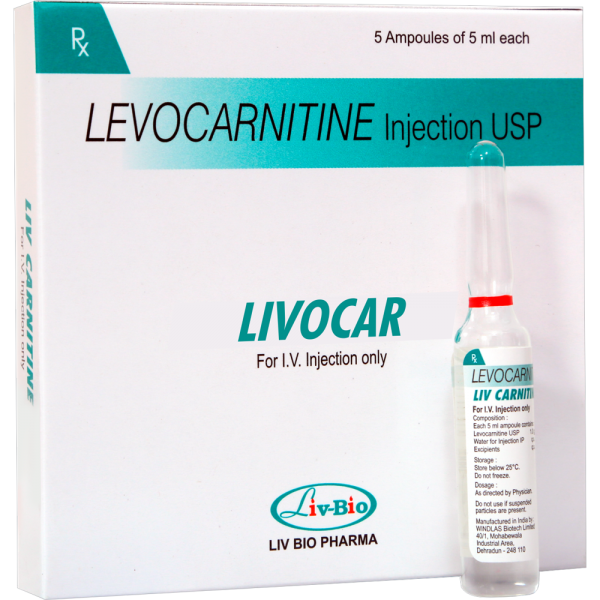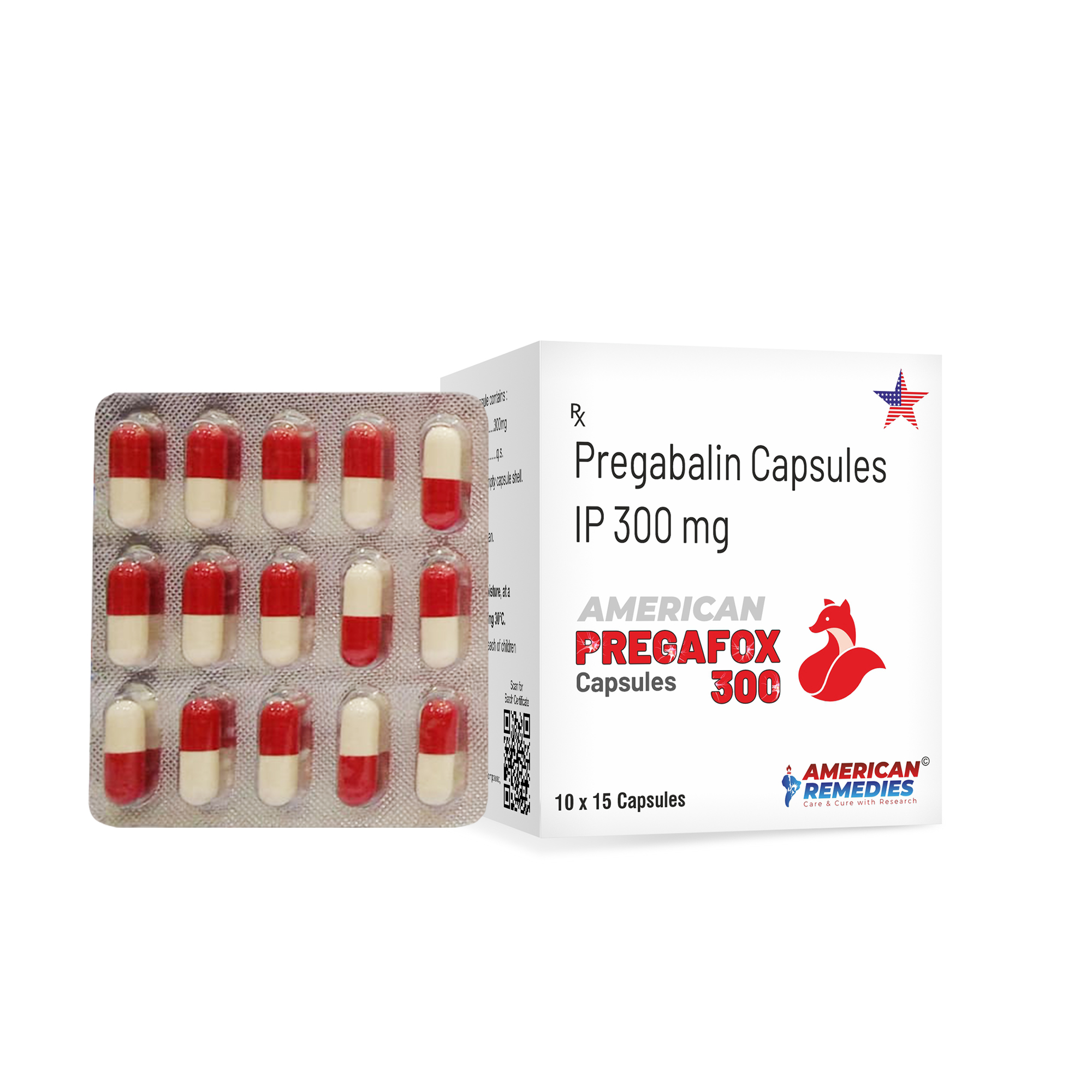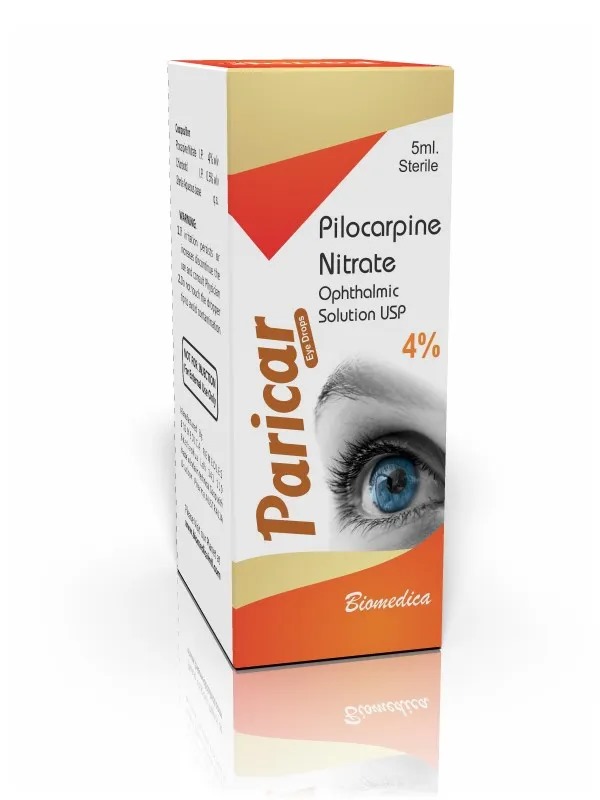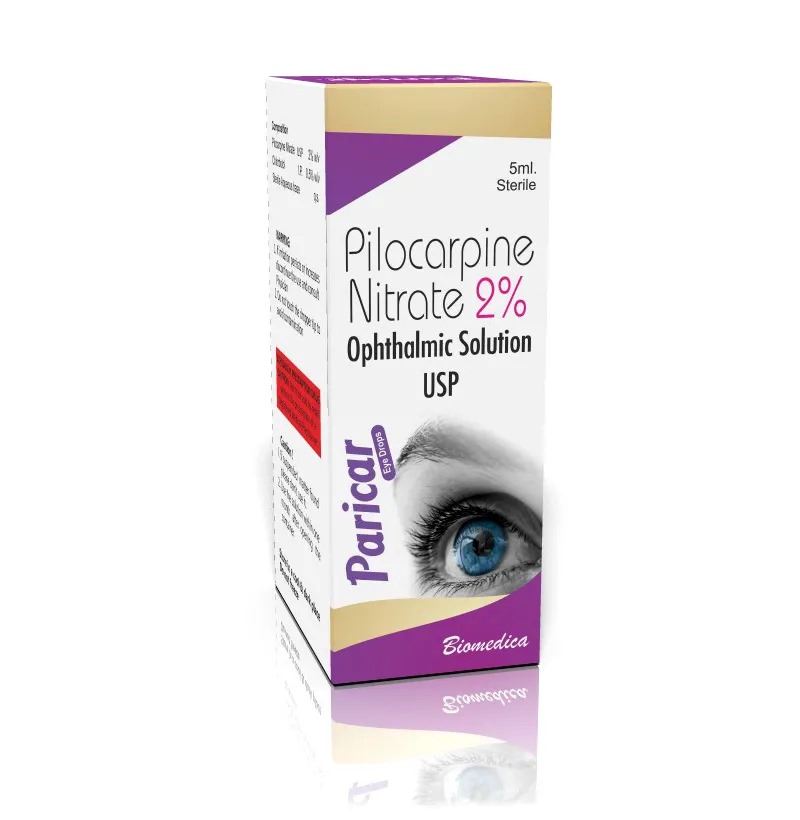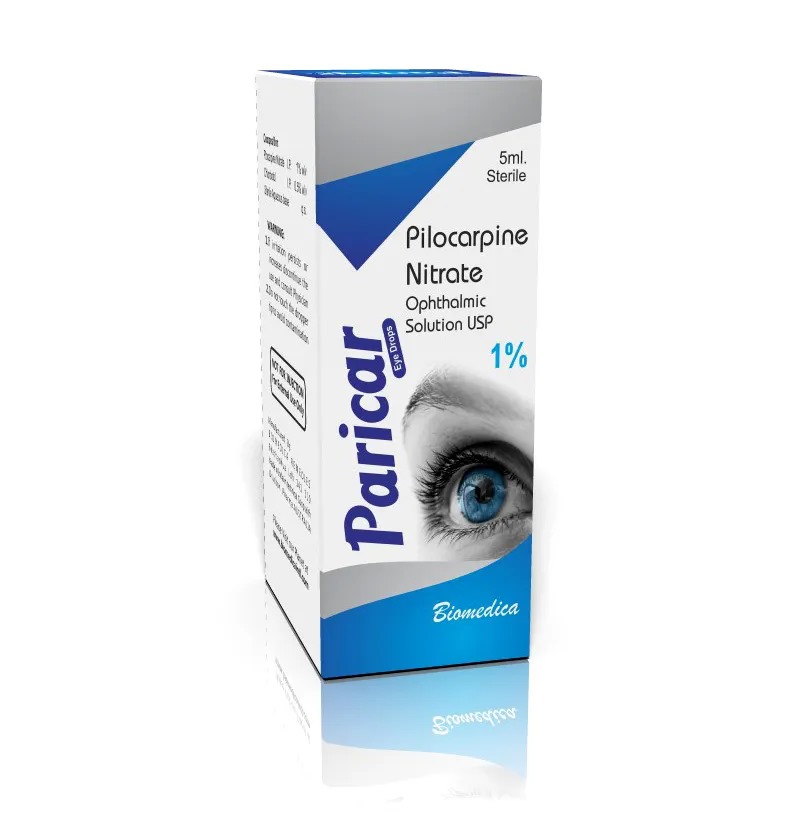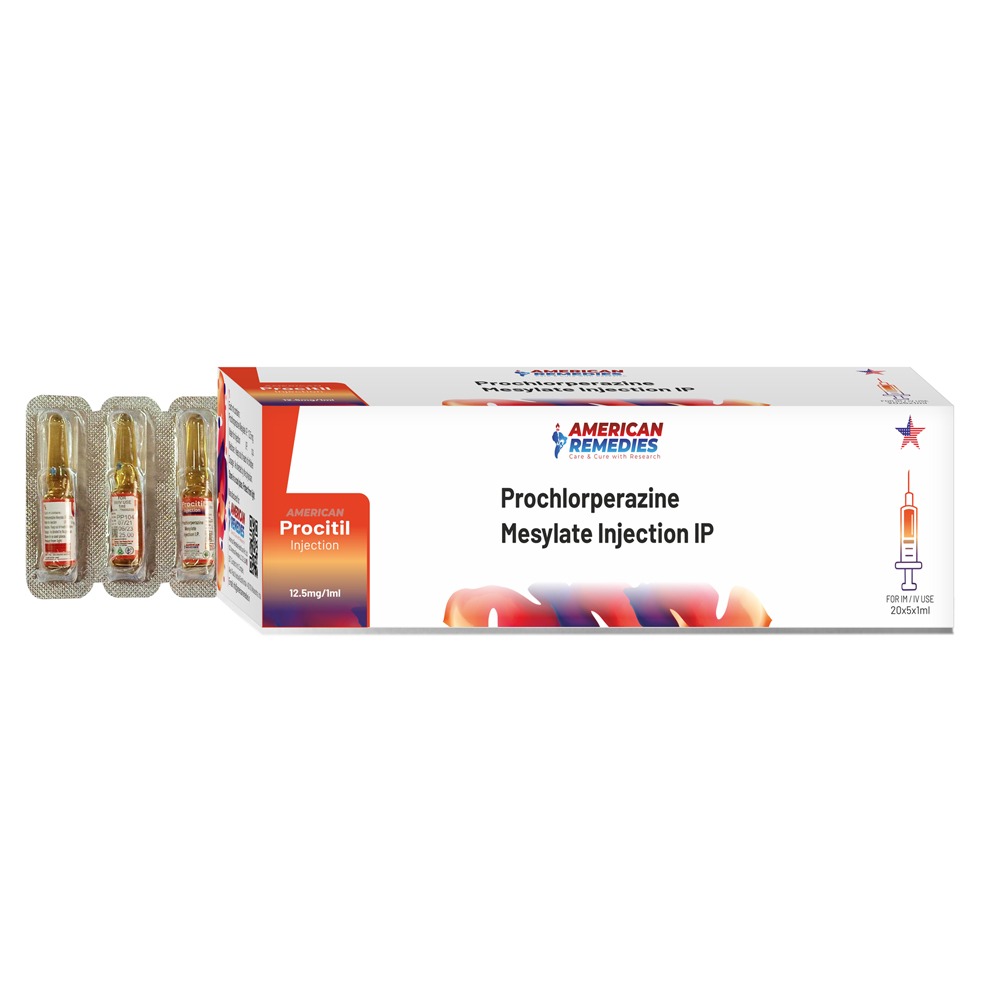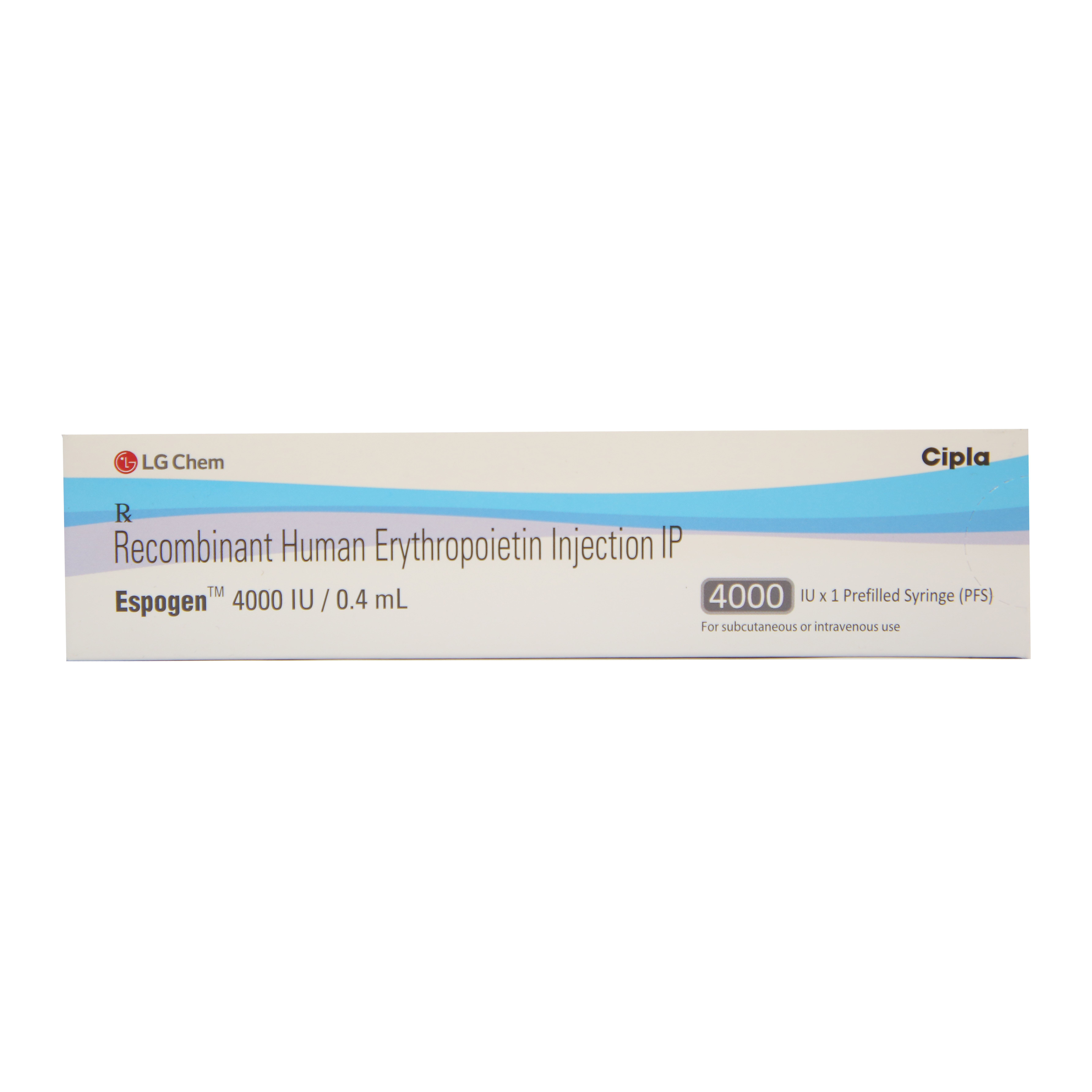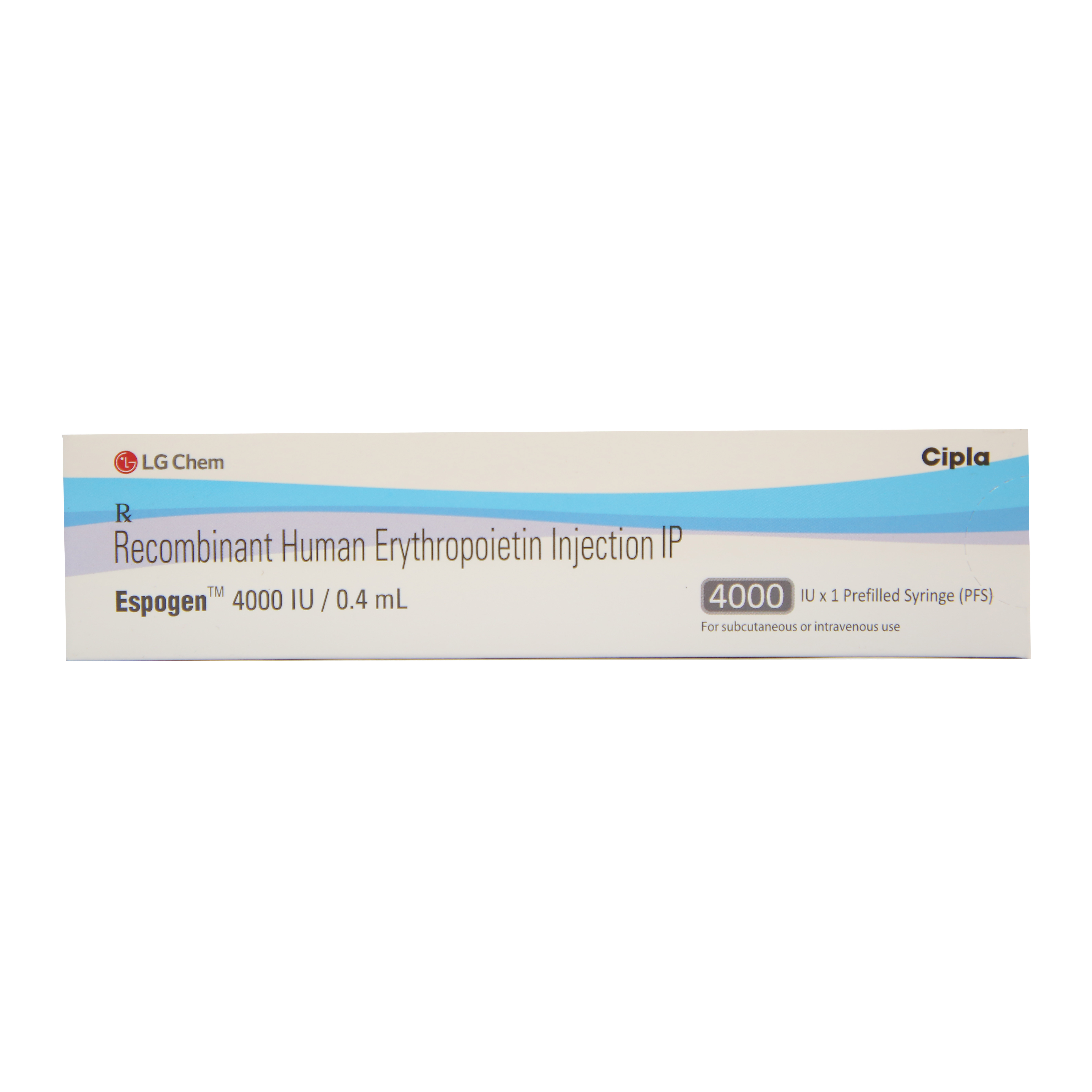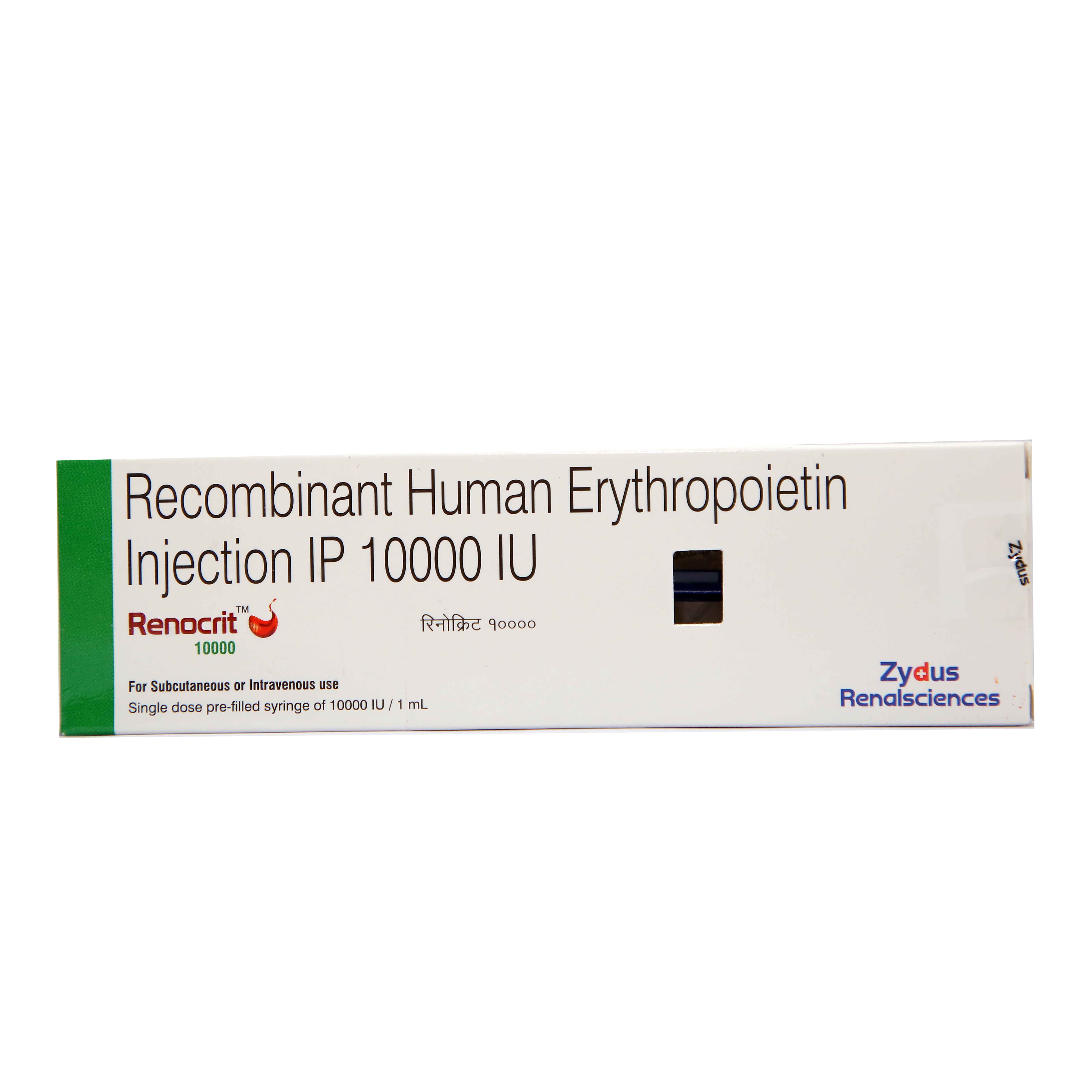L-Carnitine Injection is the injectable form of L-carnitine, a naturally occurring amino acid derivative involved in the metabolism of fatty acids. It plays a crucial role in the transport of fatty acids into the mitochondria, where they are burned for energy. L-Carnitine injections are typically used when the body has a deficiency or when enhanced fat metabolism is needed for therapeutic purposes. 🔹 Common Uses of L-Carnitine Injection: 🔋 Fatigue & Energy Production Often used to improve fat metabolism, especially in cases of chronic fatigue or low energy, as it helps the body utilize fat as an energy source more effectively. ⚖️ Weight Loss Support Can be used as an adjunct to weight loss programs to enhance fat burning (though the evidence for significant weight loss with L-carnitine injections alone is limited). 🧠 Cognitive Function & Mental Clarity L-carnitine has shown potential benefits in improving mental clarity and cognitive function, especially in older adults or individuals with Alzheimer's disease or age-related cognitive decline. ❤️ Heart Health May be used in patients with heart disease or heart failure, as it helps improve the efficiency of heart muscle cells by providing them with more energy to function. Supports fat metabolism in heart cells, which is vital for optimal heart function. 🧬 Muscle Recovery & Performance Commonly used by athletes and those undergoing intensive physical training to reduce muscle damage and enhance recovery. It helps in the transport of fatty acids for energy during exercise, reducing reliance on glycogen stores. 🍖 Primary and Secondary Carnitine Deficiency In individuals with genetic disorders or other conditions that impair carnitine production or transport, L-carnitine injections can be used to treat primary carnitine deficiency or to address deficiencies due to renal disease or dialysis. 🍏 Metabolic Disorders (in some cases) Used to support people with metabolic disorders that impair fat oxidation or in cases of dialysis-related carnitine deficiency. 💉 How It’s Administered: Usually given intravenously (IV) or intramuscularly (IM), depending on the clinical scenario. Typically administered in hospital or clinical settings, though outpatient clinics sometimes offer it for weight management or athletic performance. ⚠️ Precautions & Side Effects: Generally safe, but excessive use can lead to: Nausea or abdominal discomfort Muscle weakness or cramping Fishy body odor (a common side effect of high-dose carnitine) Increased risk of seizures (in people with certain conditions like epilepsy) Use with caution in renal patients since carnitine is primarily excreted by the kidneys. Consult a doctor before use in individuals with heart disease, since excess carnitine may have unwanted effects on heart rhythms. ✅ Summary: Condition Use of L-Carnitine Injection Fatigue & Energy Support ✅ Yes Weight Loss (Adjunct Therapy) ✅ Yes (with exercise/diet) Muscle Recovery & Athletic Performance ✅ Yes Heart Health (Heart Failure) ✅ Yes Cognitive Function & Mental Clarity ✅ In age-related decline Carnitine Deficiency ✅ Yes
Send Message